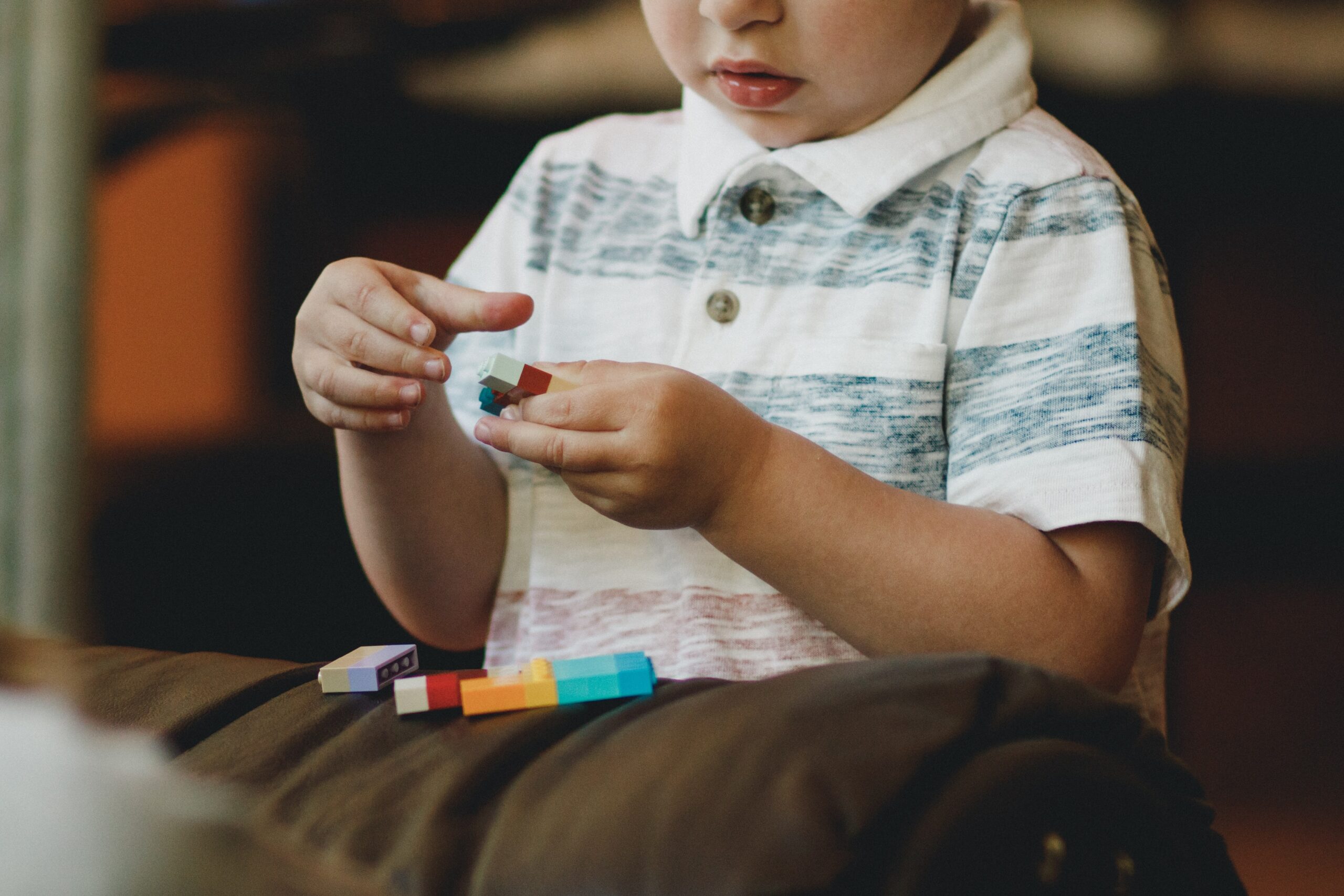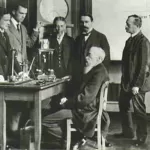Human development is a multifaceted journey that encompasses a myriad of interconnected aspects, each contributing to the rich tapestry of an individual’s growth and maturation. In this blog, we will explore the intricacies of sensory-motor, cognitive, language, emotional, social, and moral development, shedding light on the multifunctional nature of the human developmental experience.
Sensory-Motor Development:
- Early Sensorimotor Exploration: Sensory-motor development begins in infancy as babies explore their environment through senses and movement. Infants engage in activities like grasping objects, mouthing, and crawling, laying the foundation for more complex motor skills.
- Motor Skill Progression: As children grow, their motor skills progress from basic movements to more refined and coordinated actions. Gross motor skills involve larger muscle groups, like crawling and walking, while fine motor skills involve precise movements, such as grasping small objects or writing.
- Sensorimotor Integration: Sensory-motor development involves the integration of sensory information with motor responses. This integration is crucial for adaptive behaviours, enabling individuals to respond appropriately to stimuli in their environment.
Cognitive Development:
- Piaget’s Stages of Cognitive Development: Jean Piaget proposed a theory of cognitive development with four stages – sensorimotor, preoperational, concrete operational, and formal operational. Each stage represents distinct cognitive abilities, from basic sensorimotor coordination to abstract thinking and problem-solving.
- Information Processing: Cognitive development also involves information processing, including attention, memory, and problem-solving skills. As children and adolescents mature, their cognitive processes become more sophisticated, allowing for increased capacity to understand and interact with the world.
Language Development:
- Pre-linguistic Communication: Language development begins with pre-linguistic communication in infancy, involving non-verbal cues such as cooing, babbling, and gestures. This lays the groundwork for the eventual acquisition of language.
- Language Acquisition: Language acquisition progresses through various stages, from single-word utterances to more complex sentences. Exposure to language-rich environments, interactions with caregivers, and cognitive development contribute to the acquisition of vocabulary, grammar, and communication skills.
- Cultural and Social Influences: Language development is also shaped by cultural and social influences. Children acquire language within the context of their cultural environment, learning not only the linguistic aspects but also the social nuances of communication.
Emotional Development:
- Infant Emotion Regulation: Emotional development begins in infancy with the emergence of basic emotions like joy, anger, and fear. Infants gradually learn to regulate their emotions with the support of caregivers.
- Attachment and Bonding: Attachment, a strong emotional bond between infants and caregivers, plays a pivotal role in emotional development. Secure attachments provide a foundation for healthy emotional regulation and interpersonal relationships.
- Emotional Intelligence: Emotional development extends into childhood and adolescence, involving the development of emotional intelligence. This includes recognizing and understanding one’s own emotions and those of others, as well as effectively managing and expressing emotions.
Social Development:
- Early Social Interactions: Social development commences with early social interactions in infancy. Babies engage in social exchanges with caregivers, laying the groundwork for more complex social relationships.
- Peer Relationships: As children grow, peer relationships become increasingly significant. Interactions with peers contribute to the development of social skills, cooperation, and the understanding of social norms.
- Identity and Role Development: Social development also involves the formation of identity and the exploration of social roles. Adolescents navigate the challenges of identity formation, seeking to understand their roles in family, peer groups, and society at large.
Moral Development:
- Kohlberg’s Stages of Moral Development: Lawrence Kohlberg proposed a theory of moral development with six stages categorized into three levels – pre-conventional, conventional, and post-conventional. These stages represent the progression of moral reasoning and ethical decision-making.
- Socialization and Moral Values: Moral development is deeply influenced by socialization within families, communities, and cultural contexts. Individuals internalize moral values through interactions with caregivers, and peers, and exposure to societal norms.
- Empathy and Altruism: As part of moral development, individuals develop empathy and altruism – the ability to understand and share others’ feelings and engage in selfless acts for the benefit of others.
Conclusion:
The journey of human development encompasses a rich interplay of sensory-motor, cognitive, language, emotional, social, and moral dimensions. These aspects are not isolated; instead, they weave together to create a comprehensive tapestry that defines the unique trajectory of each individual. Understanding these developmental processes provides valuable insights for educators, parents, caregivers, and professionals working to support and nurture the holistic growth of individuals across the lifespan. Embracing the multifaceted nature of human development fosters environments that encourage not only cognitive achievements but also emotional well-being, social competence, and ethical reasoning – essential elements for a flourishing and fulfilled life.







